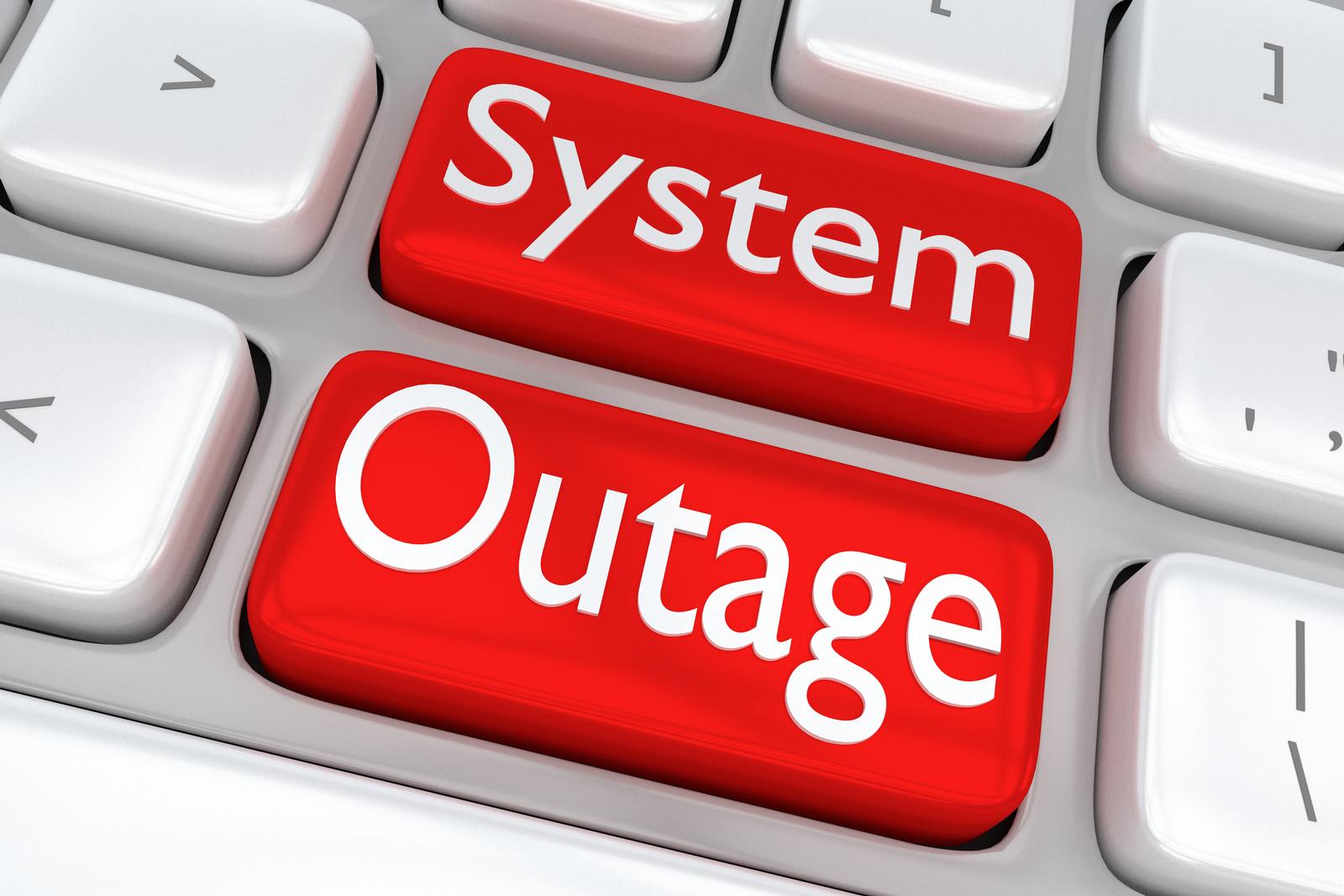5 Clever Solutions for Common IT Problems
 Nothing is more frustrating than sitting down to your computer, firing up all of your programs and work, and finally realizing you have a debilitating technical issue. From lagging performance to terrible network speeds, nothing can put a damper on your work day like a nagging IT problem.
Nothing is more frustrating than sitting down to your computer, firing up all of your programs and work, and finally realizing you have a debilitating technical issue. From lagging performance to terrible network speeds, nothing can put a damper on your work day like a nagging IT problem.
We’ll outline some of the most common technical issues that you may experience below, and provide easy and straight forward solutions to get your computer back running at 100%
1. Slow Performance
Programs taking ages to open, constant freezing, software crashes, and an overall sluggish experience; these will all eventually happen to your once snappy and powerful computer.
Luckily, some of these annoying traits can be reversed and avoided with the bullet points below:
- Check your hard drive capacity; is it nearly full? “Clear out unnecessary files and programs to free up space,” said Net Integration, LLC.
- Which programs are currently running? Check your task manager and see how many programs you are running. You may be running unnecessary software, some of which will automatically run on computer boot up.
- Check and see which programs automatically start on booting. Some may be completely unnecessary, leaving you unaware they are even running.
2. Poor Internet Speeds
Another one of the most common problems, slow download and upload speeds is a killer when trying to download files or stream media. Even major first world countries like Australia can end up with horrible average internet speeds, but what if your connection is usually great? Intermittent drops in speeds can be rage inducing, but usually have a simple fix.
- Reset your modem and router. While it may have a dedicated reset button, unplugging the power cable has the same effect. It is the simplest and the most effective way to get your internet back running.
- Disconnect any bandwidth hogging devices. If you have too many different pieces of hardware connected to the same network, you can be sure to experience slowdowns.
- Move your router to a central area in your home. If you are running wirelessly with a laptop or other device, you may be out of range with a poor signal.
- Connect via ethernet cable. You will get your best speeds while having a hard-wired connection. If this doesn’t fix your problem, it may be time to call your internet service provider.
3. Can’t Get Your Program to Run or Install
Sometimes you may run into a problem with only one specific program, for which there are a couple different methods for troubleshooting.
- Make sure you have the right version downloaded. Check if it’s for your appropriate operating system (Mac or PC), as these will differ. If you are on PC, check and see if it is 32-bit or 64-bit. You will require one or the other depending on your system.
- Uninstall and Reinstall. If your program is already installed, but isn’t running properly, simply reinstalling can often fix the problem.
- Make sure you have the most up to date version. Out of date software can cause performance issues. So always check for updates via the software itself or their website.
4. Can’t Get Your Peripheral to Work (Mouse, Keyboard, Printer)
An uncommon issue with newer computers, but getting a peripheral to coexist peacefully with your machine can sometimes be a huge headache.
- Download the right drivers. Some pieces of hardware may require additional drivers to be able to work. Make sure to download and install them from the manufacturers website.
- Check your connection. Is your keyboard/mouse connected via Bluetooth? How about USB wired? Maybe you need you USB wireless receiver plugged in? Always be sure to check your connections are secure and set up properly.
- Check compatibility. Maybe your piece of hardware doesn’t work with your current computers operating system, with some only working solely on either Mac or PC.
5. Anything else
Turn it off, and on again. It is the most simple and effective way to solve any problems you may have. But 90% of the time, it WILL work. Even on computers made over 50 years ago.

















